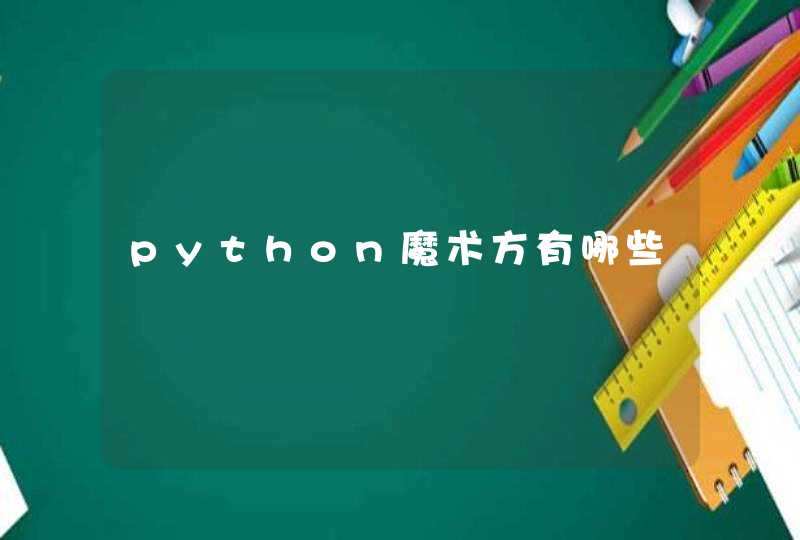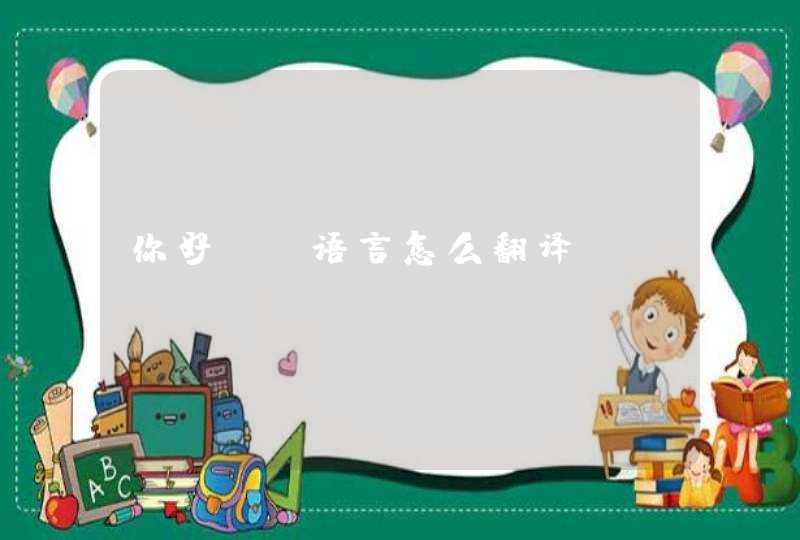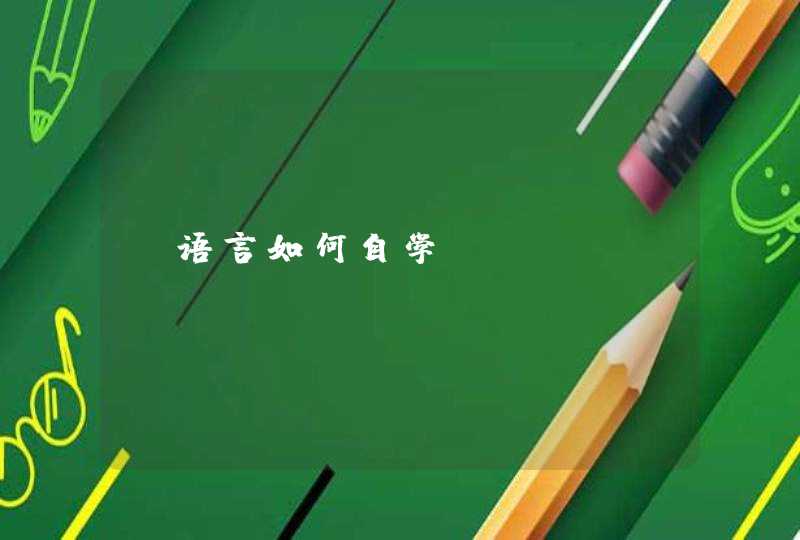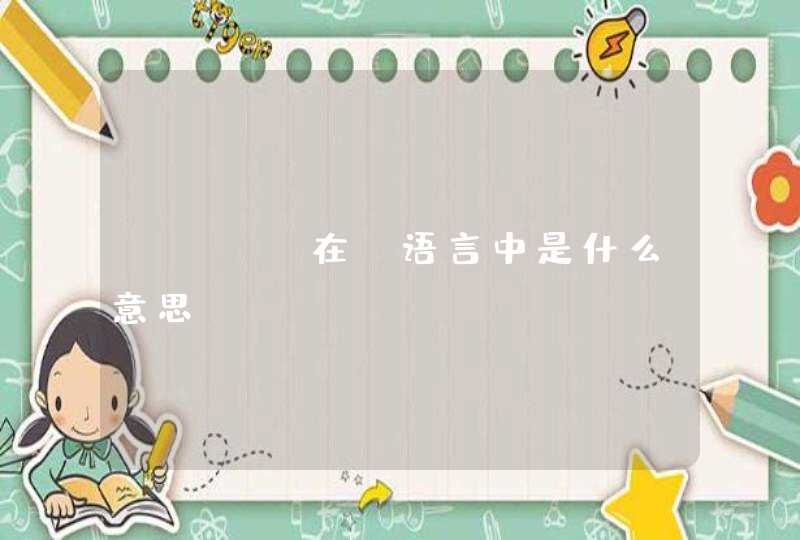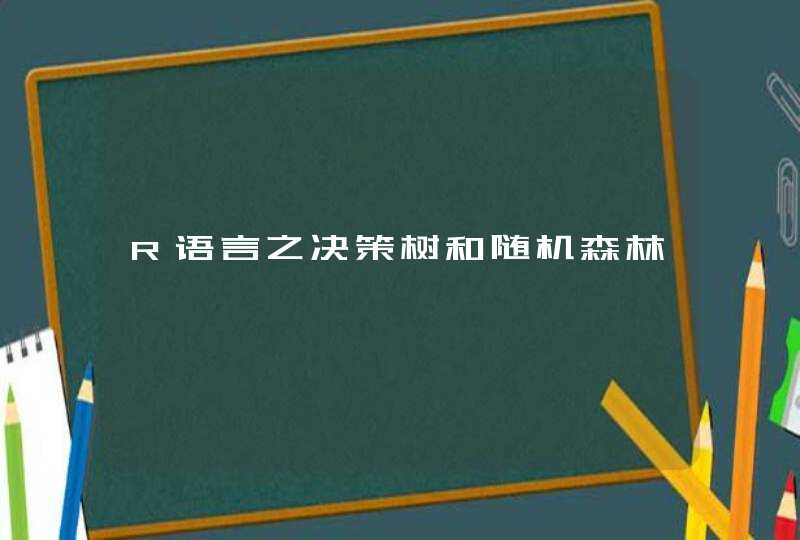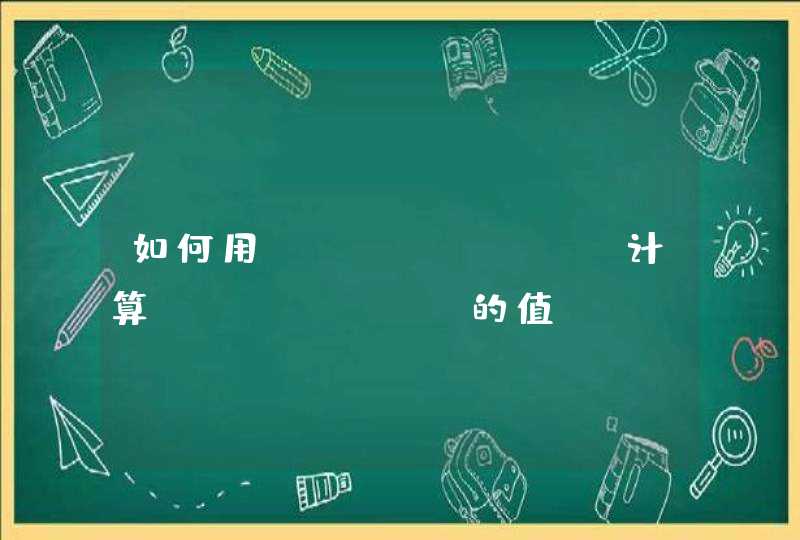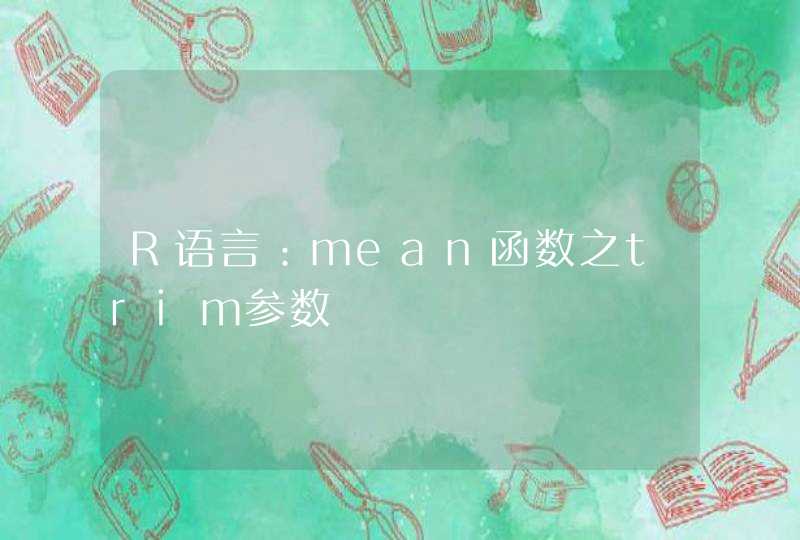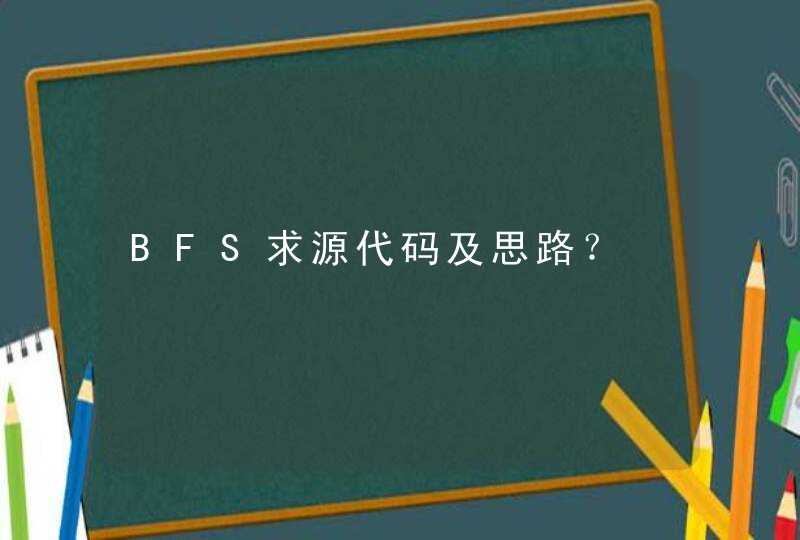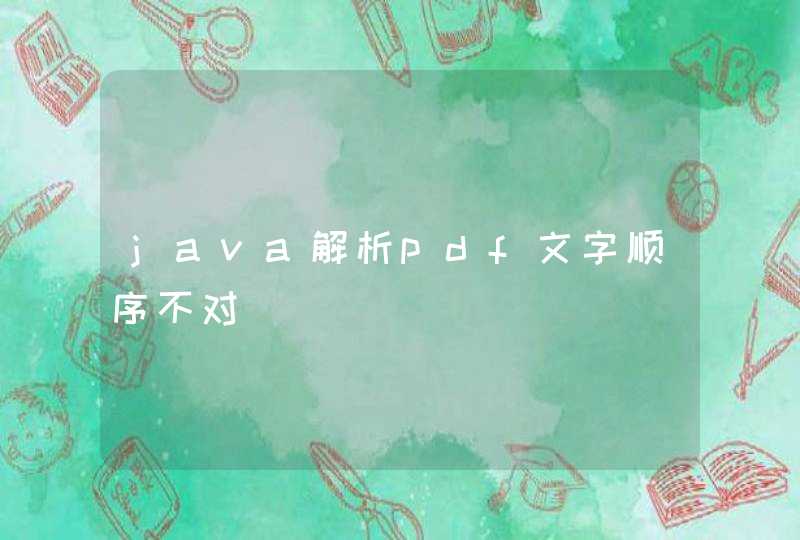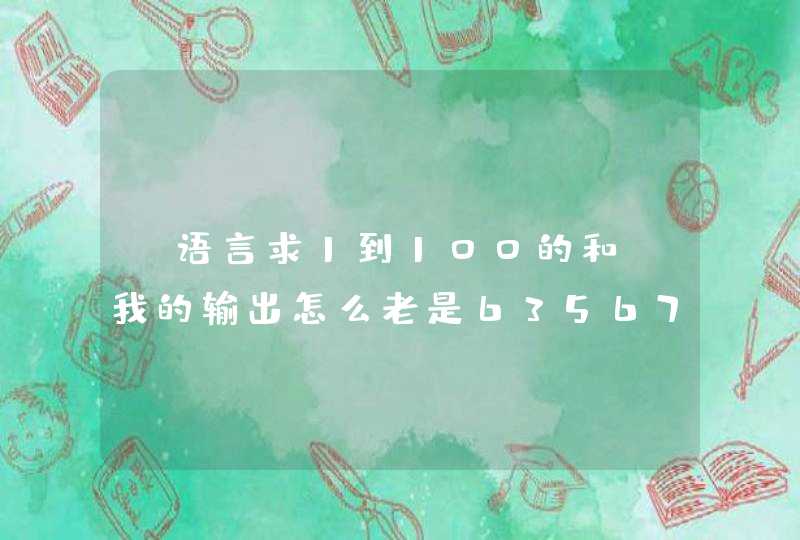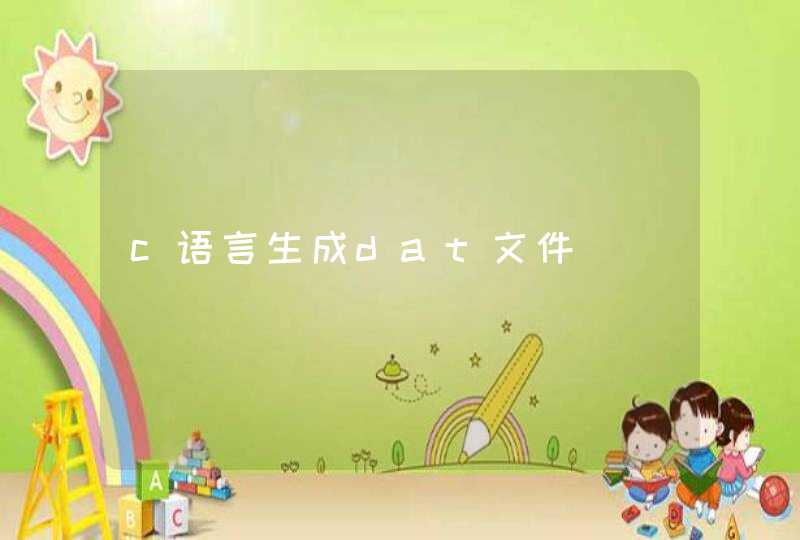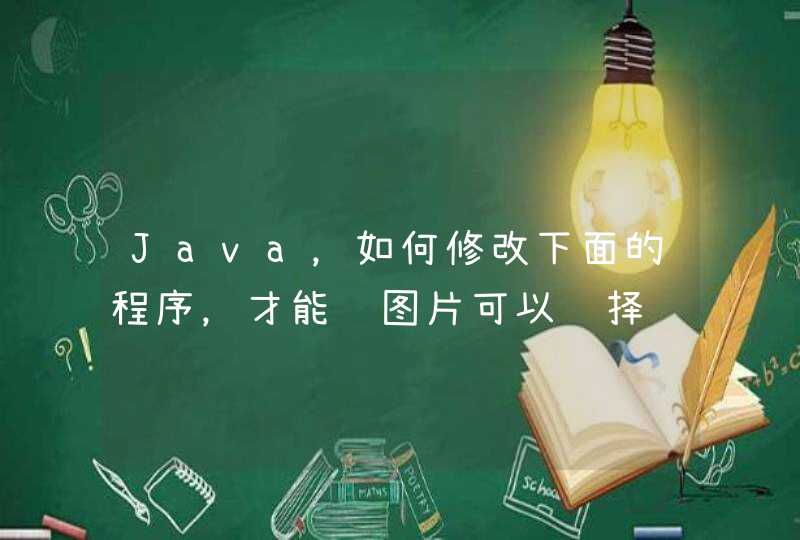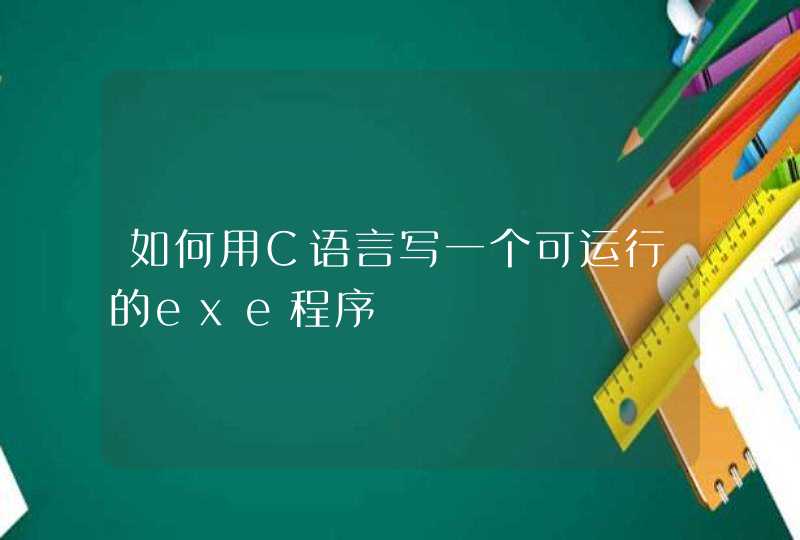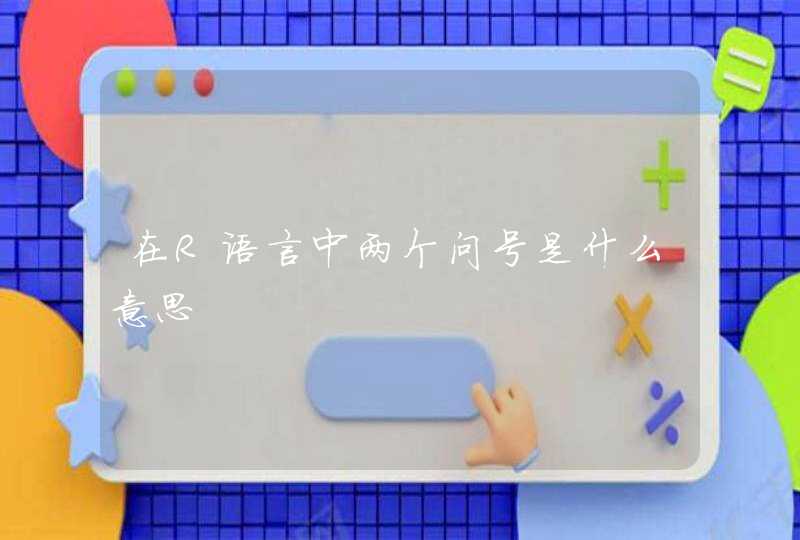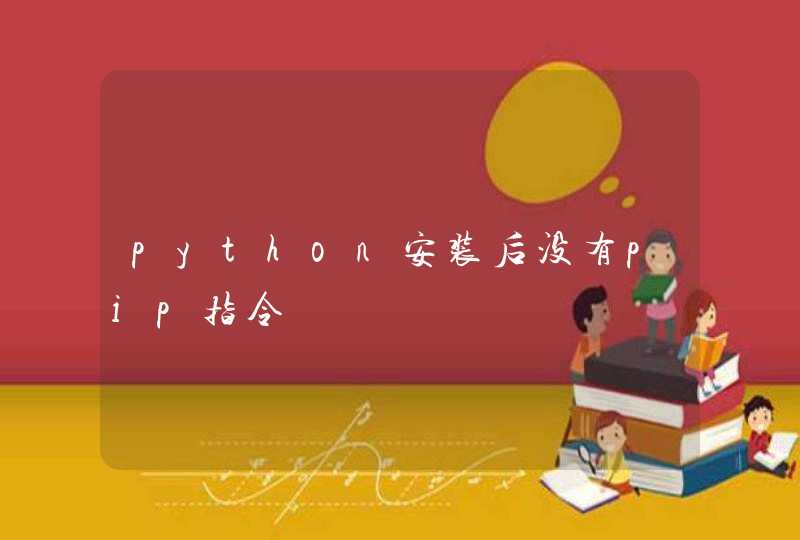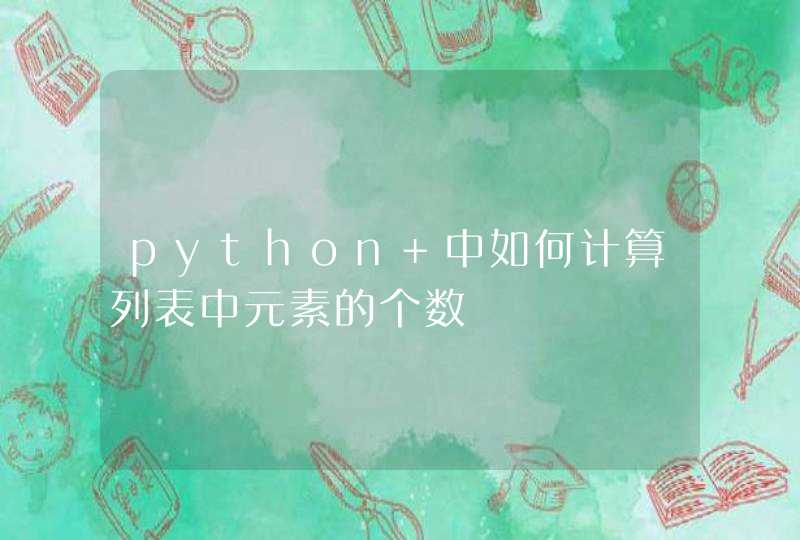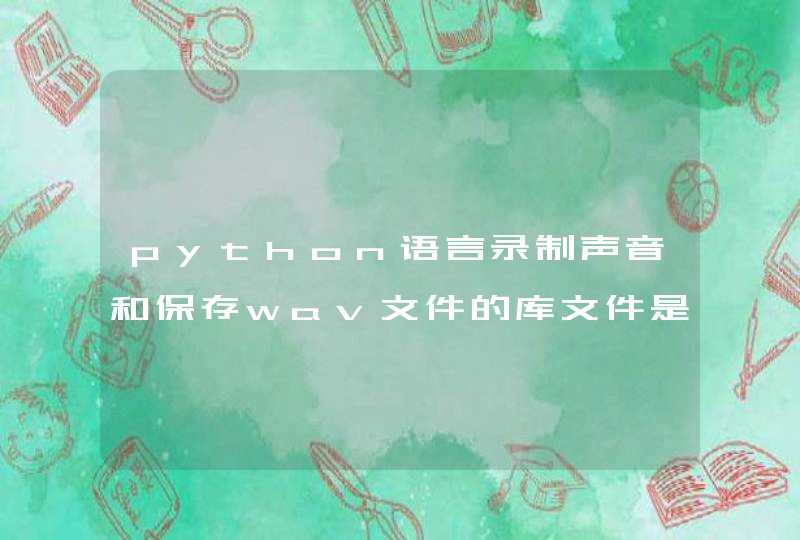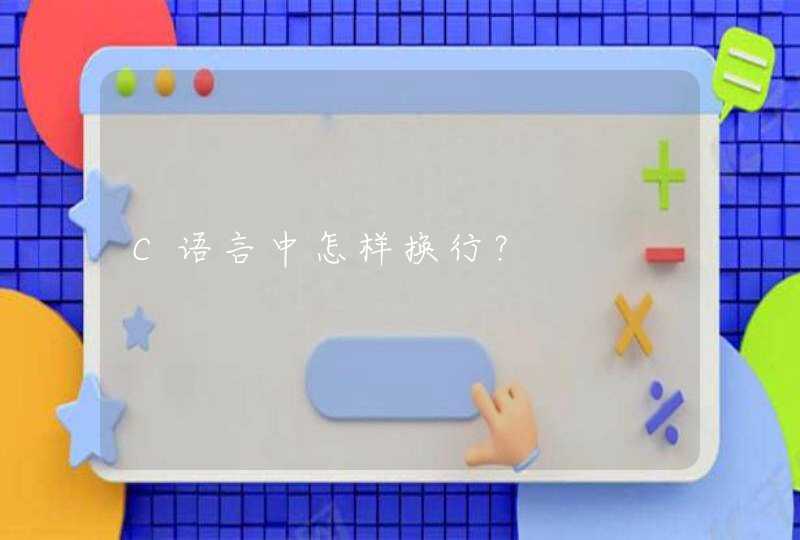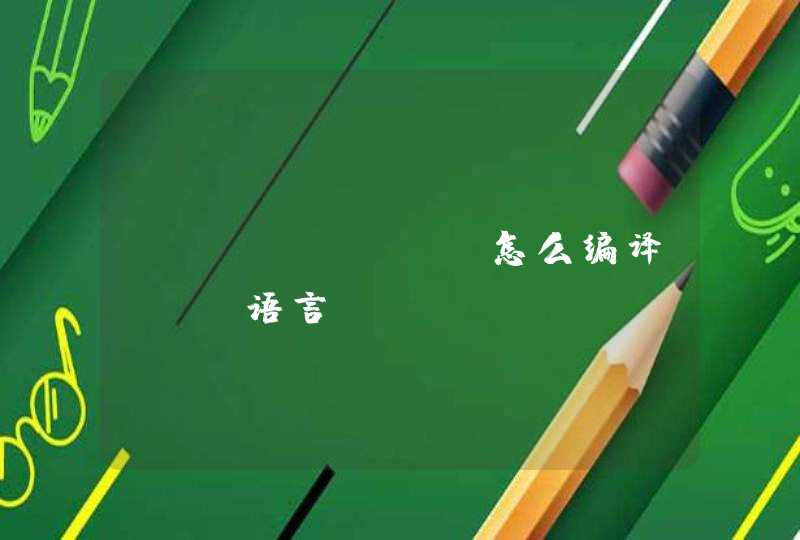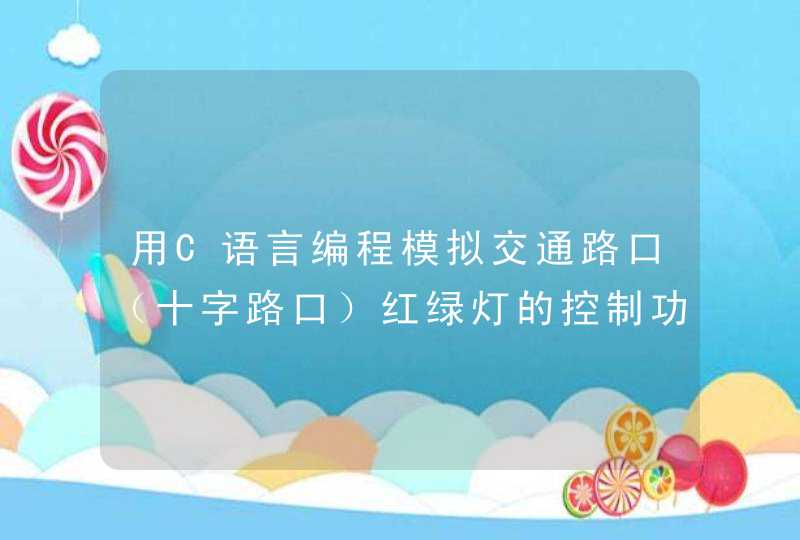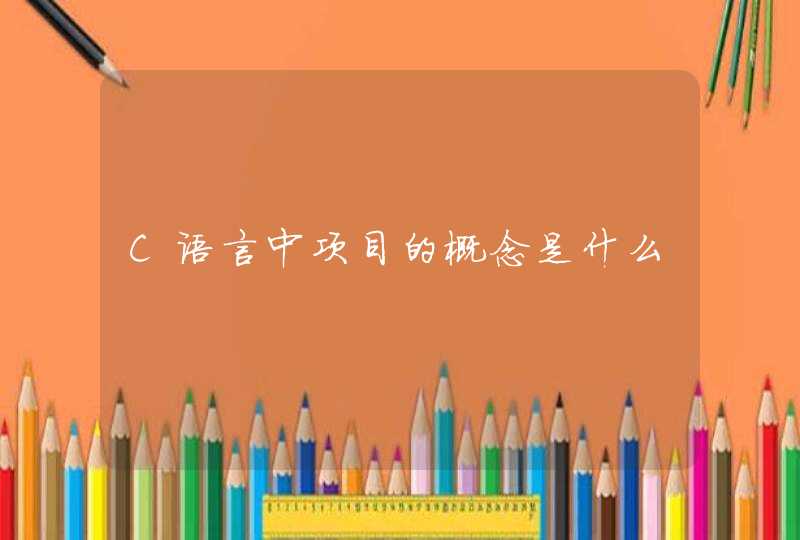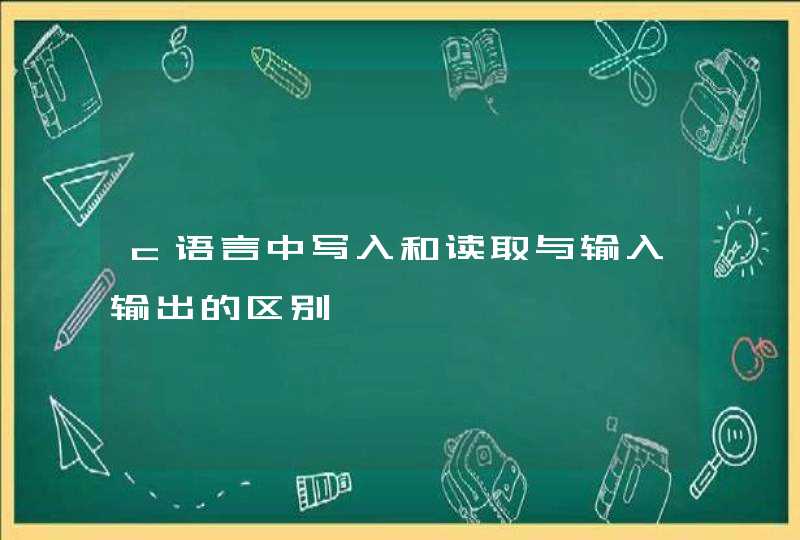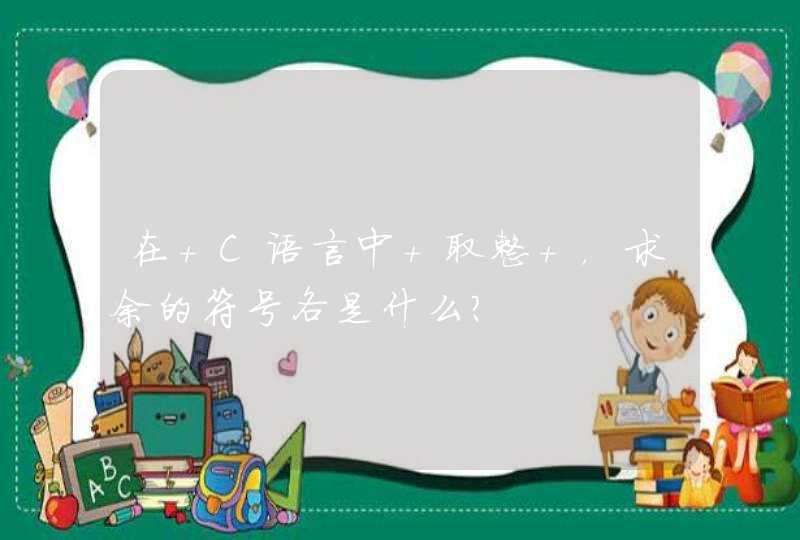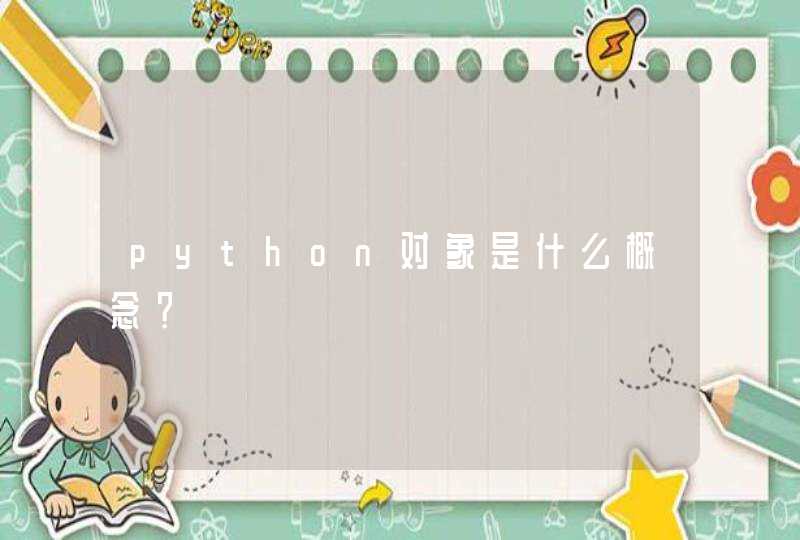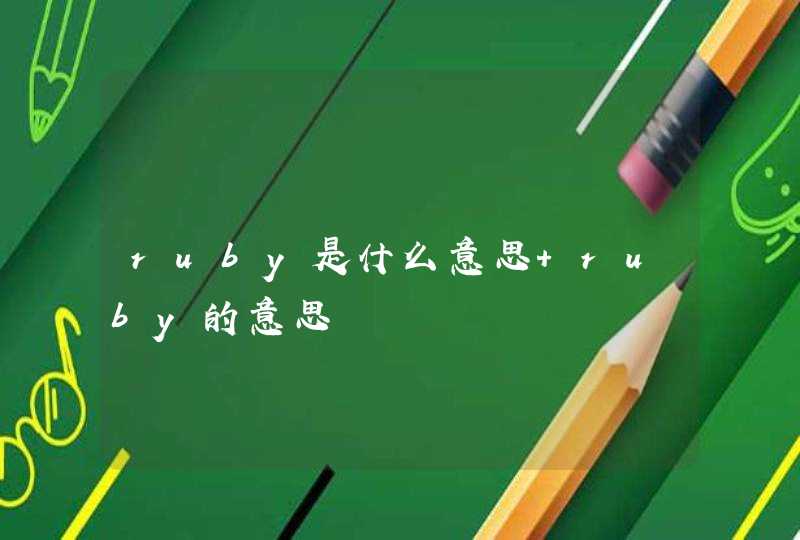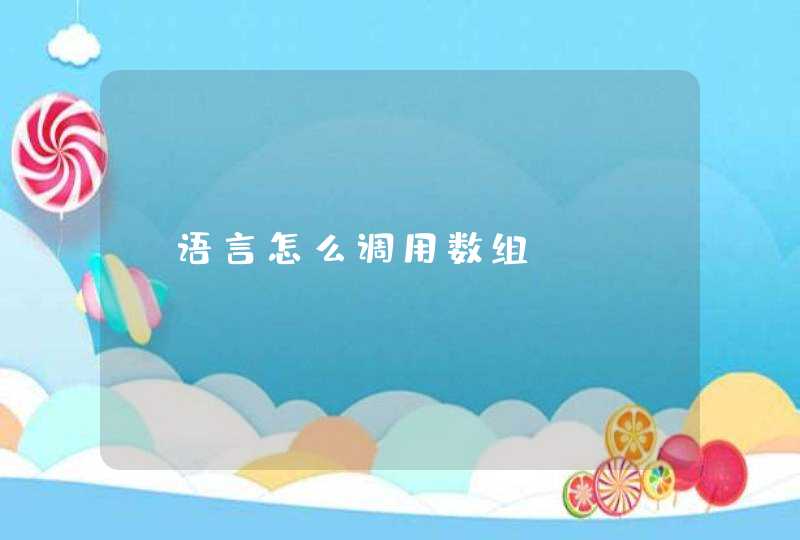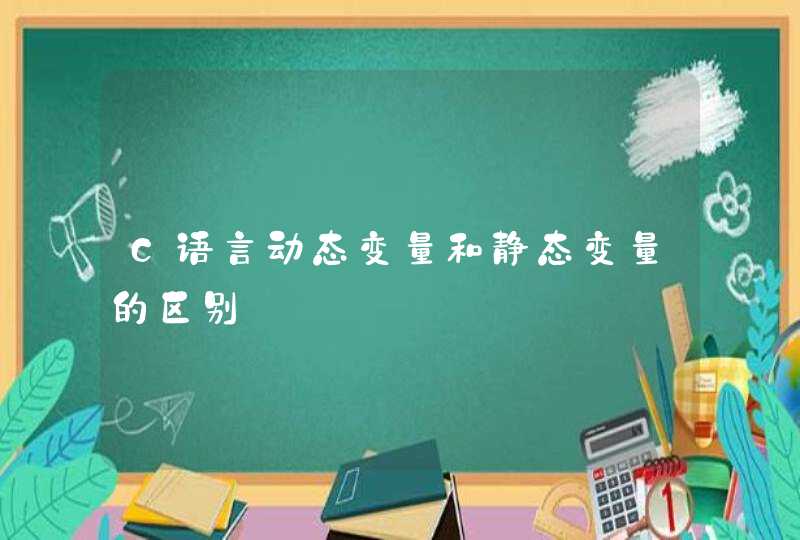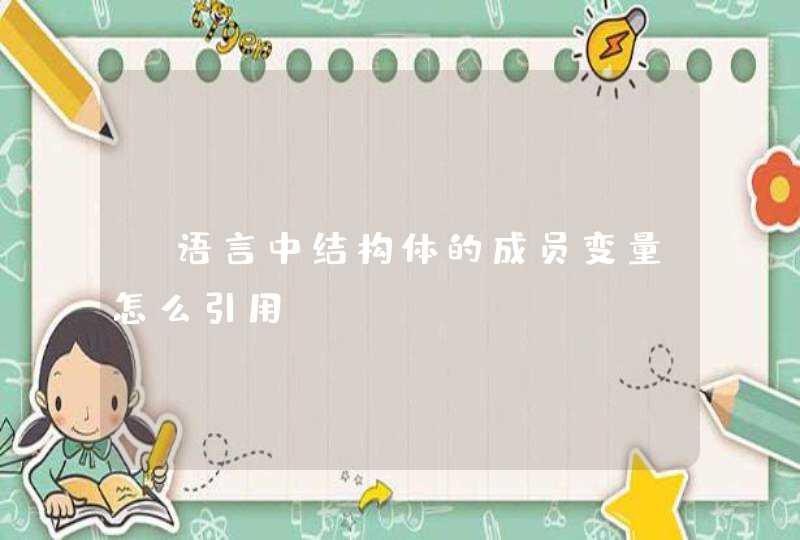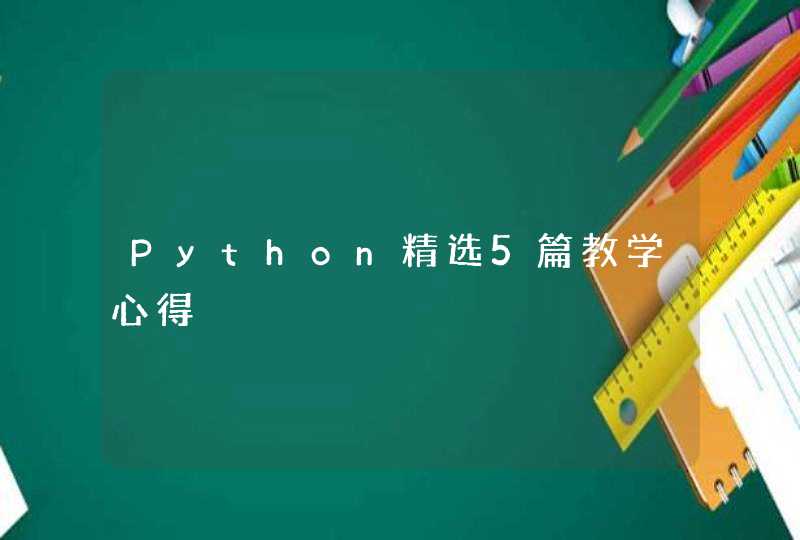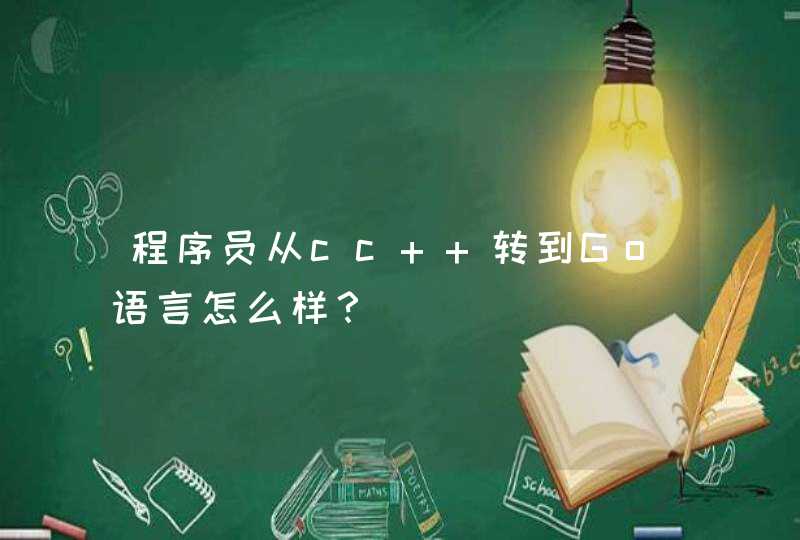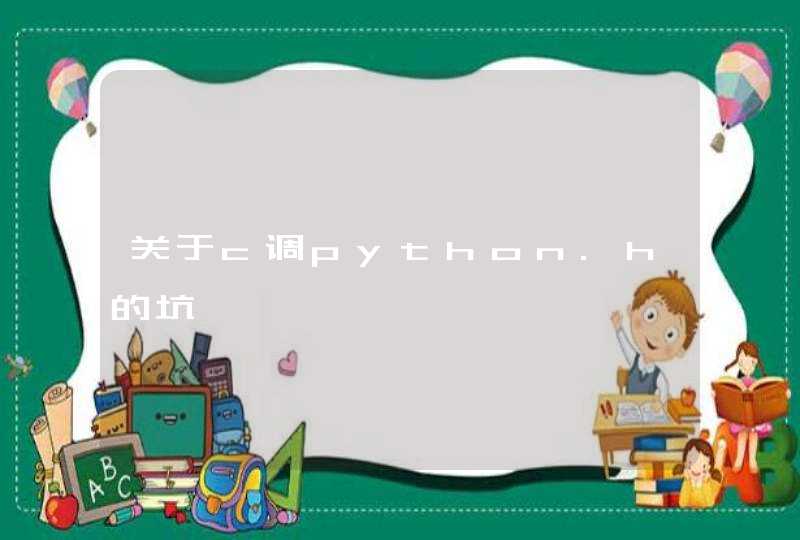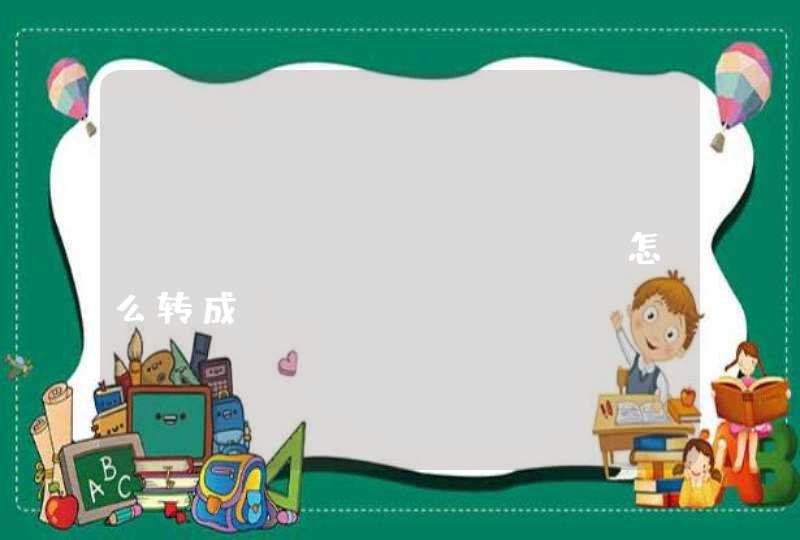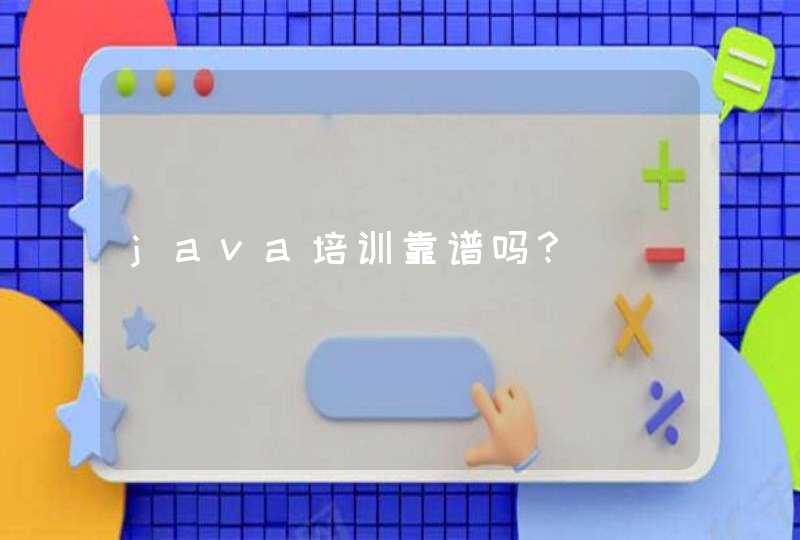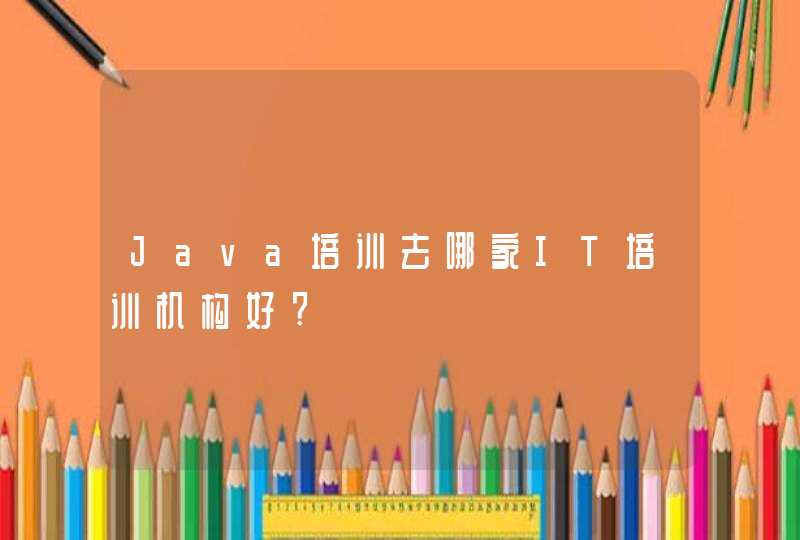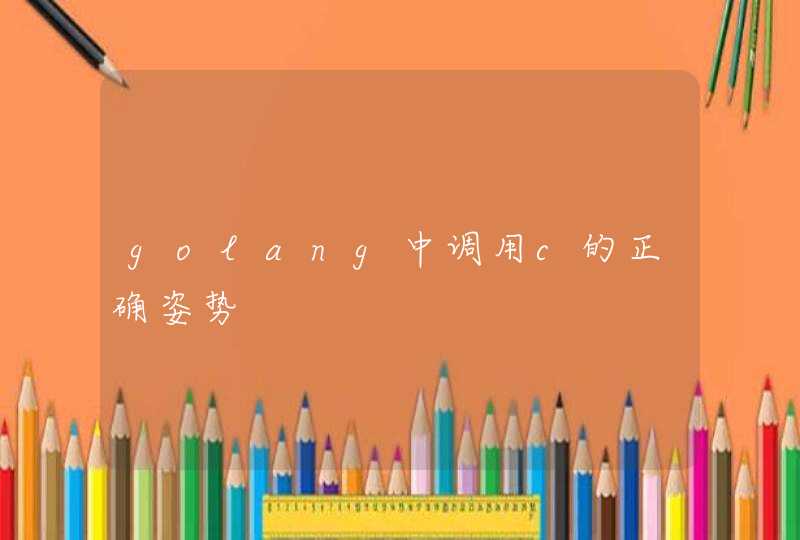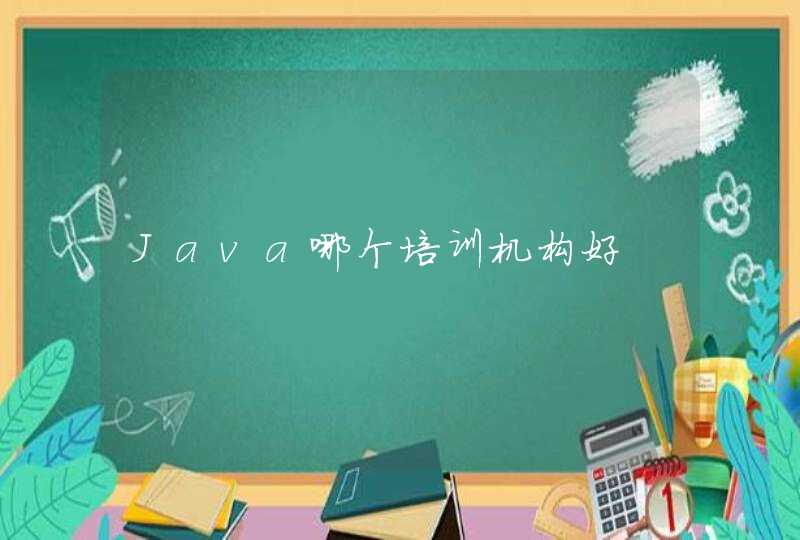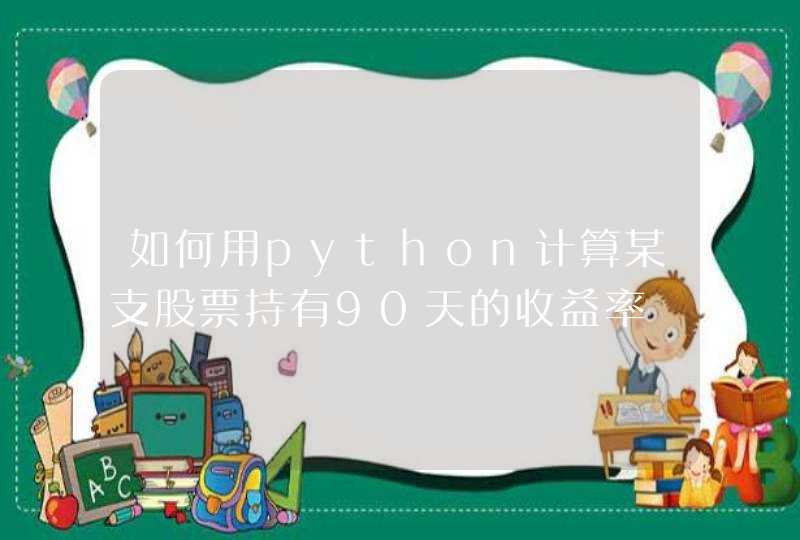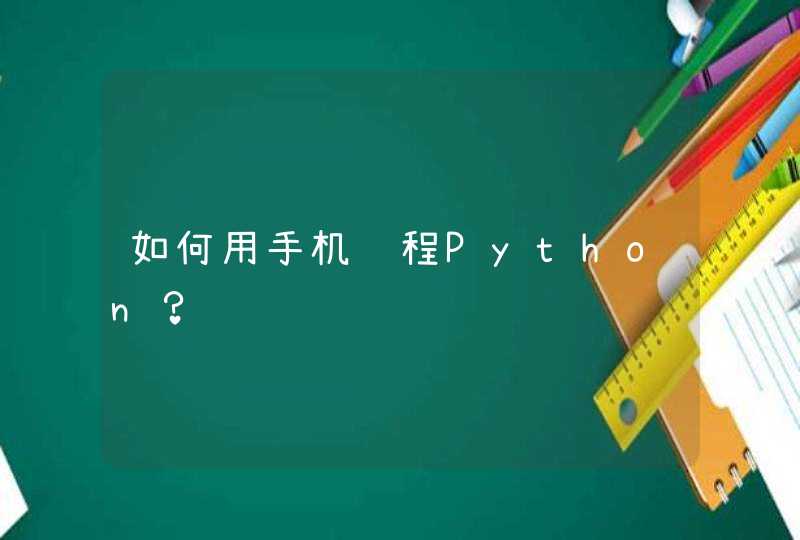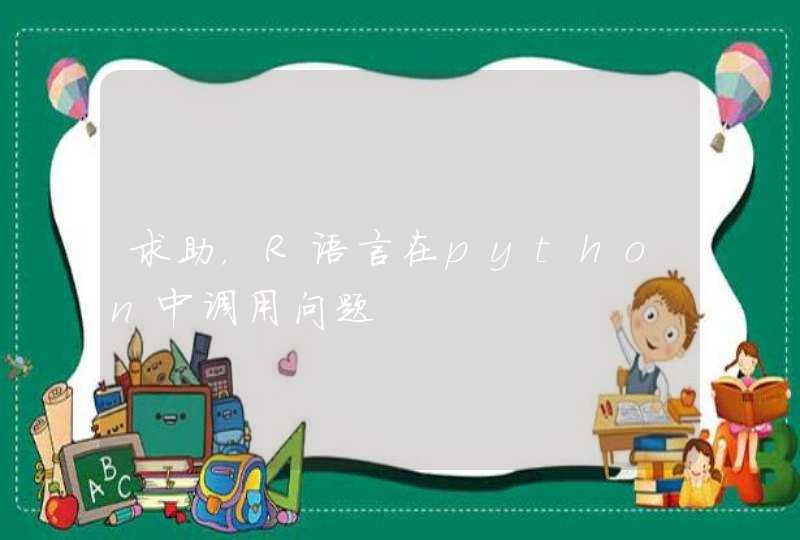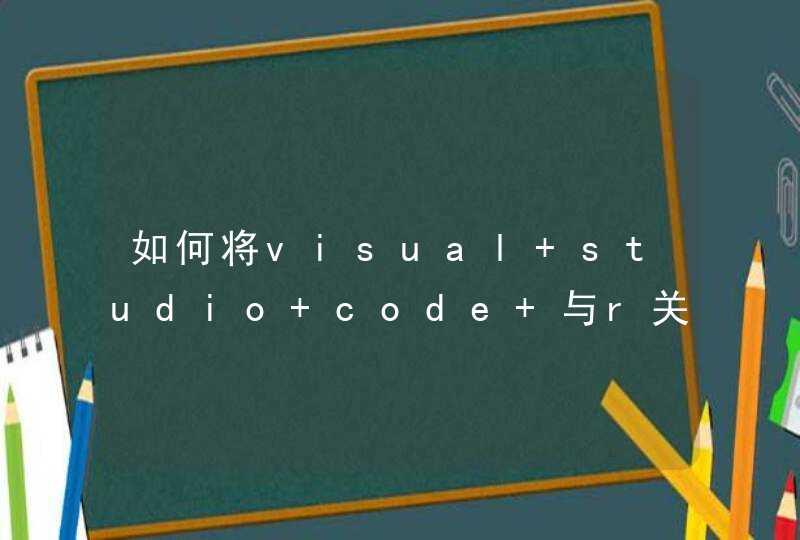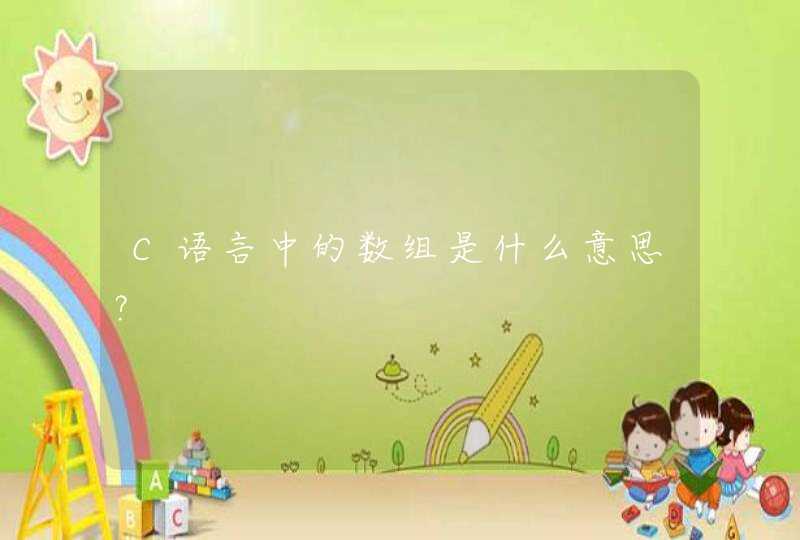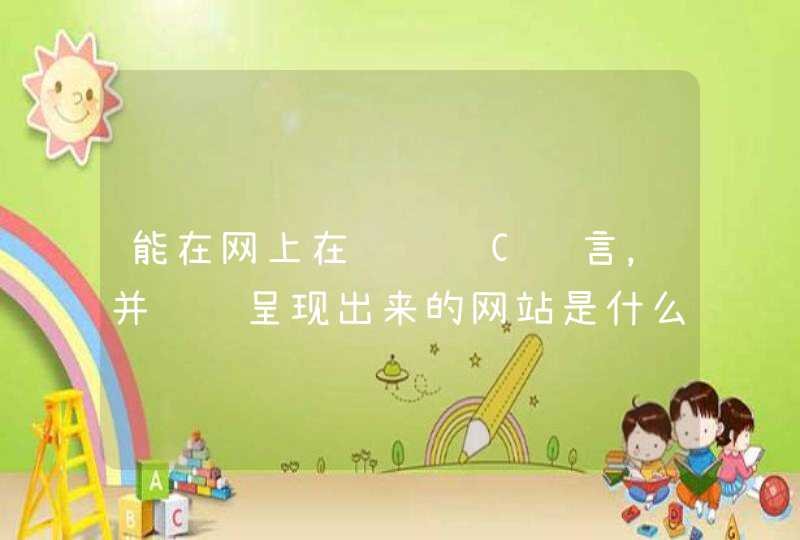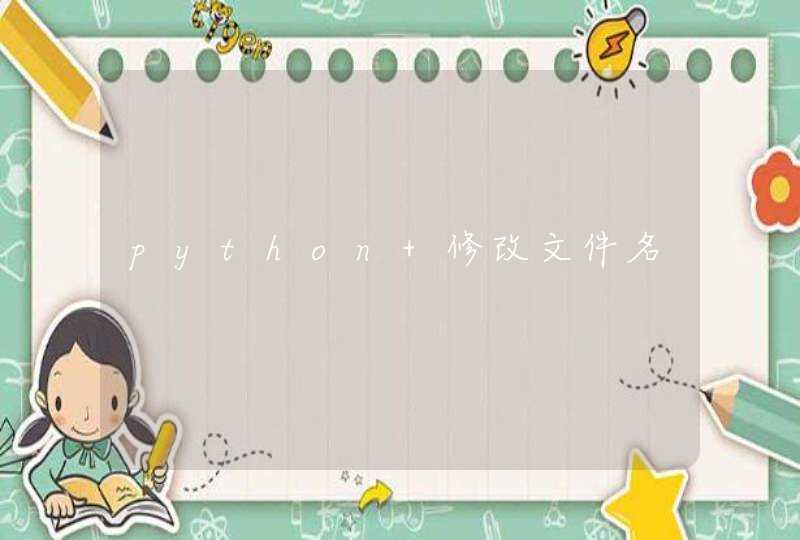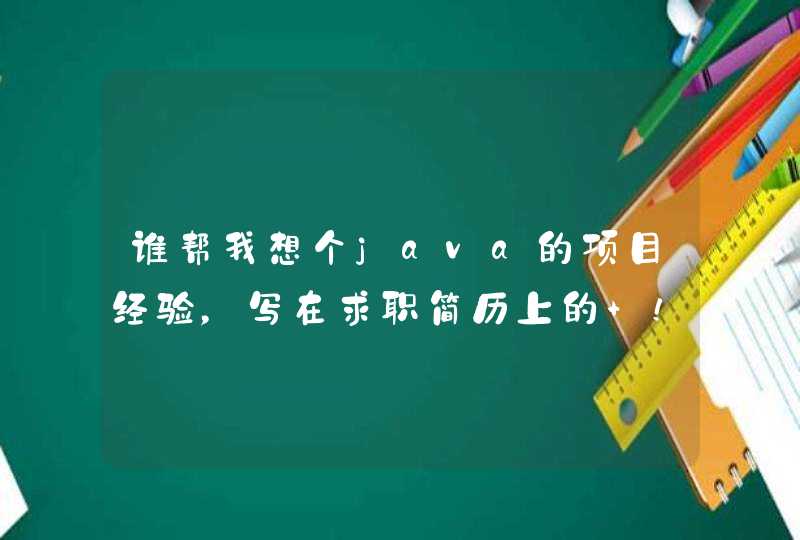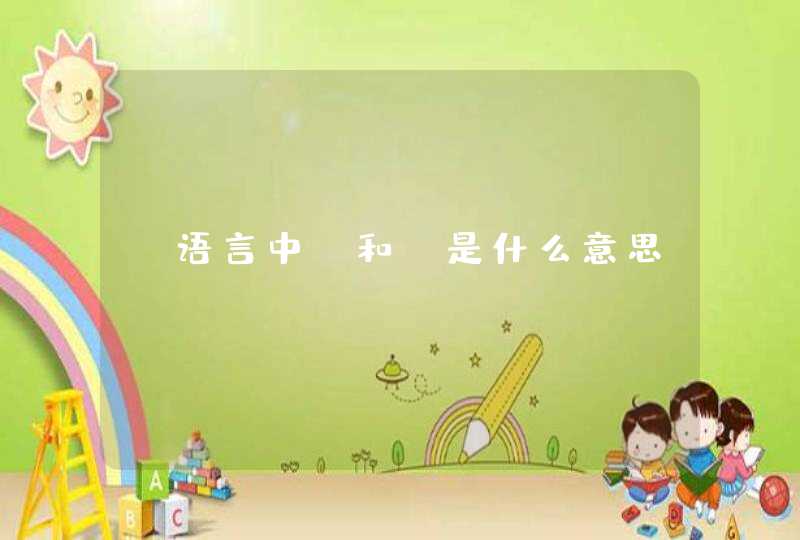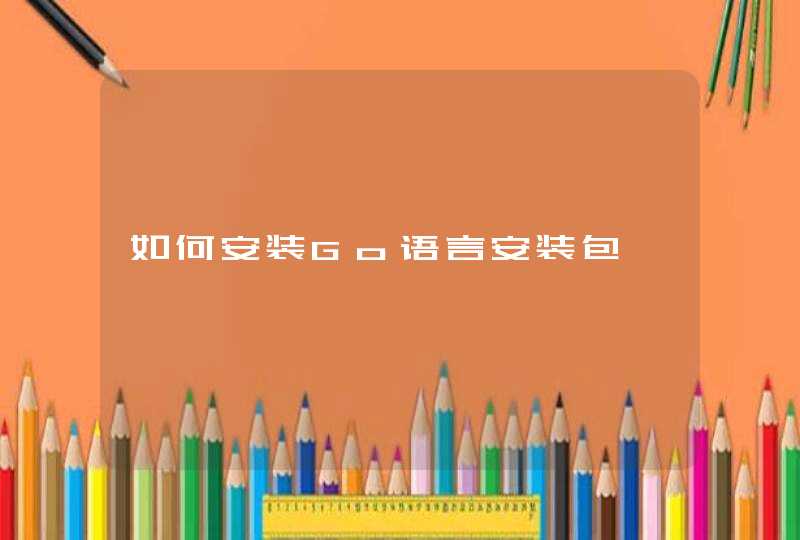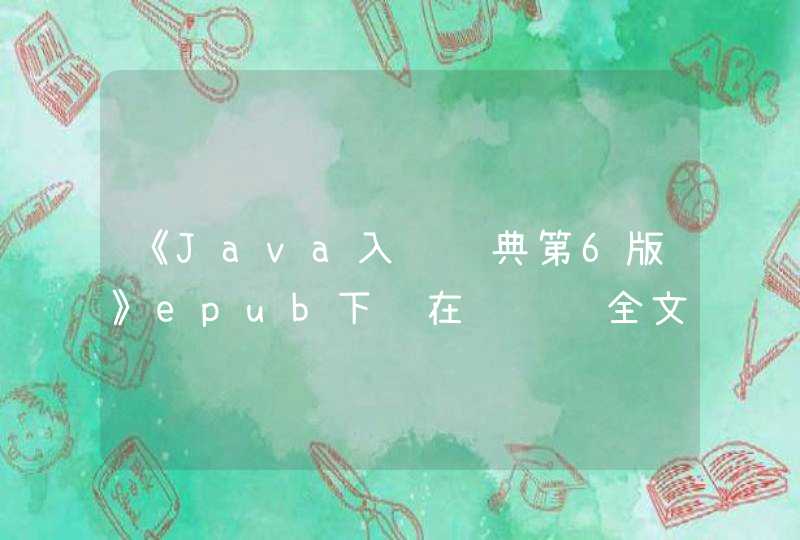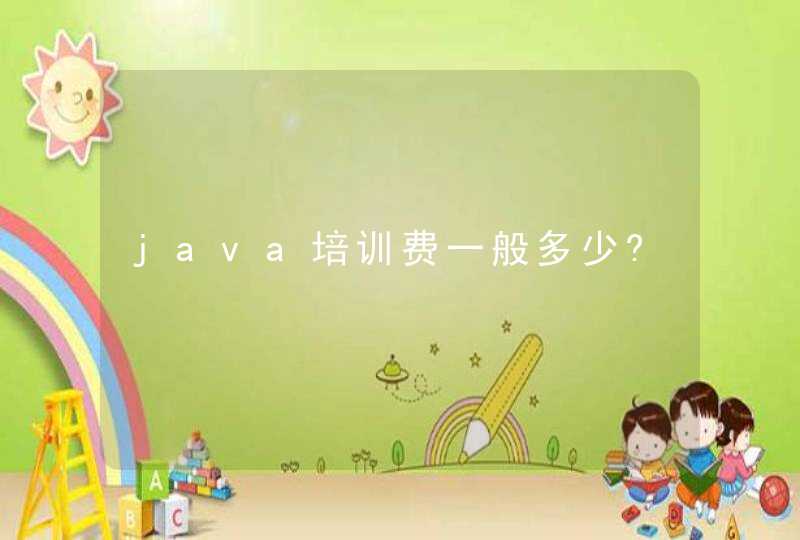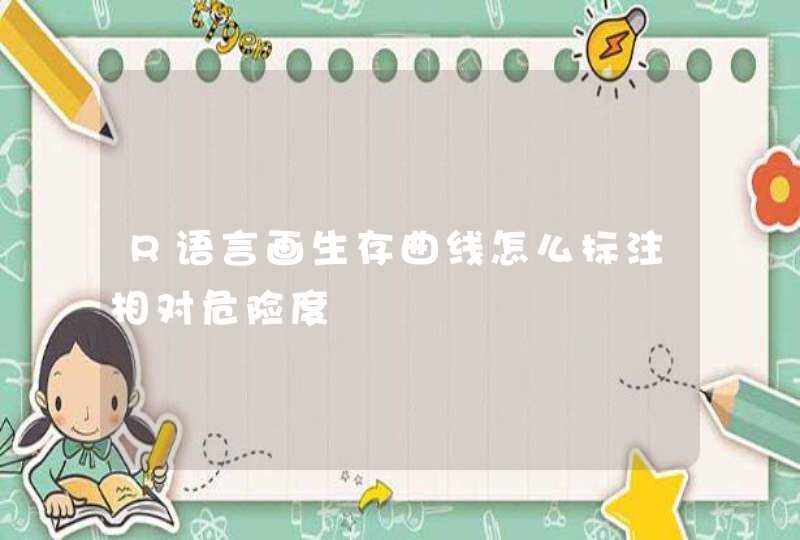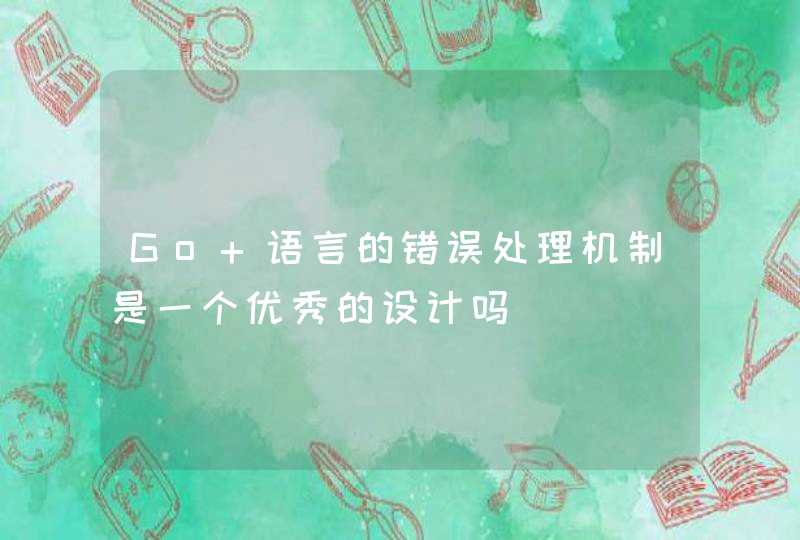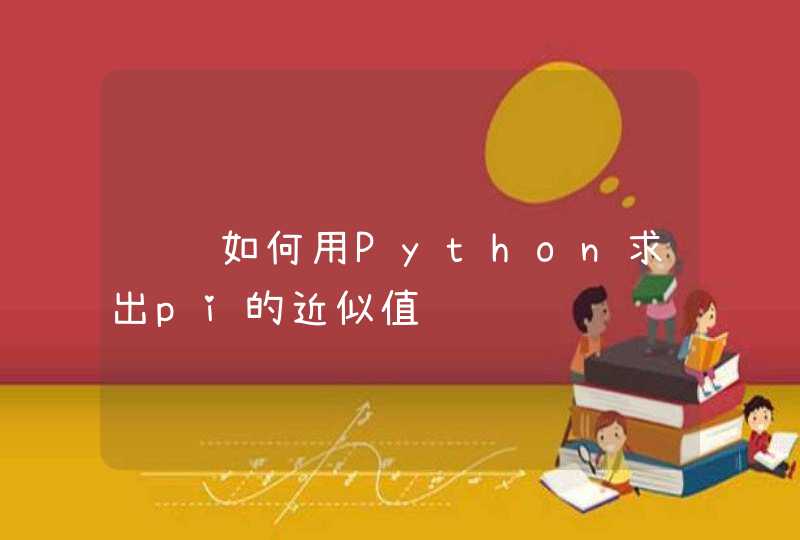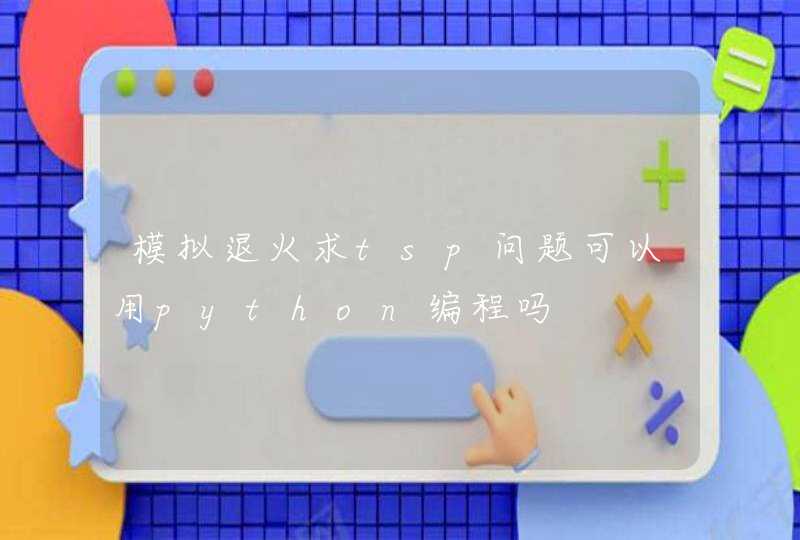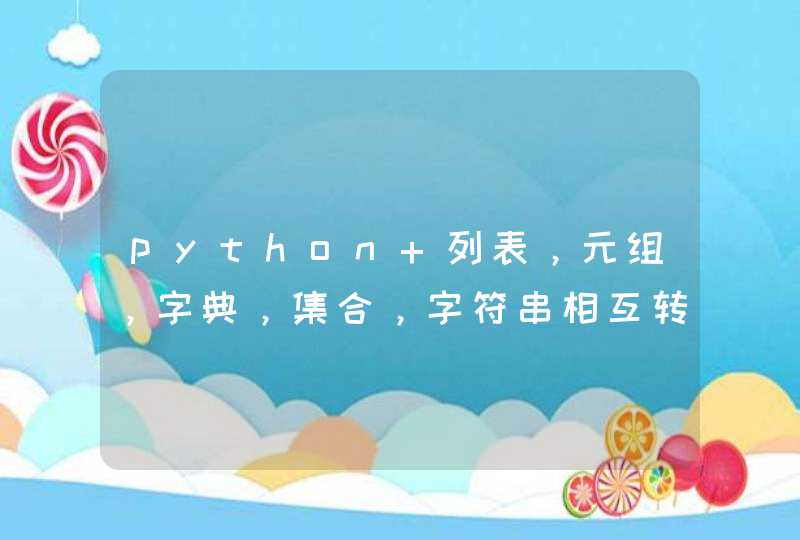
t = tuple(li)
print(t, type(t))
del list #先清除list缓存
tu = (1, 2, 3)
li = list(tu)
print(li, type(li))
li = ['人', '生', '苦', '短']
str1 = ''.join(li)
print(str1, type(str1))
str2 = 'hello python'
li1 = str2.split(' ')
print(li1, type(li1))
list1 = ['name', 'age', 'sex']
list2 = ['张三', 18, '男']
dict = {}
for i in range(len(list1)):
dict[list1[i]] = list2[i]
print(dict, type(dict))
del dict#清除缓存
list1 = ['name', 'age', 'sex']
list2 = ['张三', 18, '男']
d = dict(zip(list1, list2))
print(d)
dict = {'name': '张三', 'age': 18, 'sex': '男'}
keys = list(dict.keys())
values = list(dict.values())
print(keys, type(keys))
print(values, type(values))
list3 = [['key1','value1'],['key2','value2'],['key3','value3']]
print(dict(list3))
list1 = [1, 3, 4, 3, 2, 1]
s1 = set(list1)
print(s1, type(s1))
list1 = [1, 3, 4, 3, 2, 1]
s1 = set(list1)
list2 = list(s1.intersection(s1))
print(list2, type(list2))
list = []
a = '人生苦短'
list.append(a)
print(list)
b = tuple(list)
print(b, type(b))
dict = {'name': 'xiaoming', 'age': 18}
tup = tuple(dict)
print(tup) # 只转换了key
tup2 = tuple(dict.values())
print(tup2)
dic1 = {'a': 1, 'b': 2}
str1 = str(dic1)
dic2 = eval("{'name':'xiaoming', 'age':18}")
print(dic2, type(dic2))
str1 = 'hello'
s1 = set(str1)
print(s1, type(s1))
dic1 = {'a': 1, 'b': 2, 'c': 3}
dic2 = {value: key for key, value in dic1.items()}
print(dic2)
列表、元组、集合、字典相互转换一、列表元组转其他
1、列表转集合(去重)
list1 = [6, 7, 7, 8, 8, 9]
set(list1)
# {6, 7, 8, 9}
2、两个列表转字典
list1 = ['key1','key2','key3']
list2 = ['1','2','3']
dict(zip(list1,list2))
# {'key1': '1', 'key2': '2', 'key3': '3'}
3、嵌套列表转字典
list3 = [['key1','value1'],['key2','value2'],['key3','value3']]
dict(list3)
# {'key1': 'value1', 'key2': 'value2', 'key3': 'value3'}
4、列表、元组转字符串
list2 = ['a', 'a', 'b']
''.join(list2)
# 'aab'
tup1 = ('a', 'a', 'b')
''.join(tup1)
# 'aab'
二、字典转其他
1、 字典转换为字符串
dic1 = {'a':1,'b':2}
str(dic1)
# "{'a': 1, 'b': 2}"
2、字典key和value互转
dic2 = {'a': 1, 'b': 2, 'c': 3}
{value:key for key, value in a_dict.items()}
# {1: 'a', 2: 'b', 3: 'c'}
三、字符串转其他
1、字符串转列表
s = 'aabbcc'
list(s)
# ['a', 'a', 'b', 'b', 'c', 'c']
2、字符串转元组
tuple(s)
# ('a', 'a', 'b', 'b', 'c', 'c')
3、 字符串转集合
set(s)
# {'a', 'b', 'c'}
4、字符串转字典
dic2 = eval("{'name':'ljq', 'age':24}")
5、切分字符串
a = 'a b c'
a.split(' ')
# ['a', 'b', 'c']
1、说明
python使用tuple关键字来转换元组。
2、示例
a = "123456789"
z = tuple(a)
print(z)
3、执行结果
4、其它说明
Python的元组与列表类似,不同之处在于元组的元素不能修改。
元组使用小括号,列表使用方括号。
元组创建很简单,只需要在括号中添加元素,并使用逗号隔开即可。
tuple(seq)可以将列表转换为元组,上例就是如此使用。
